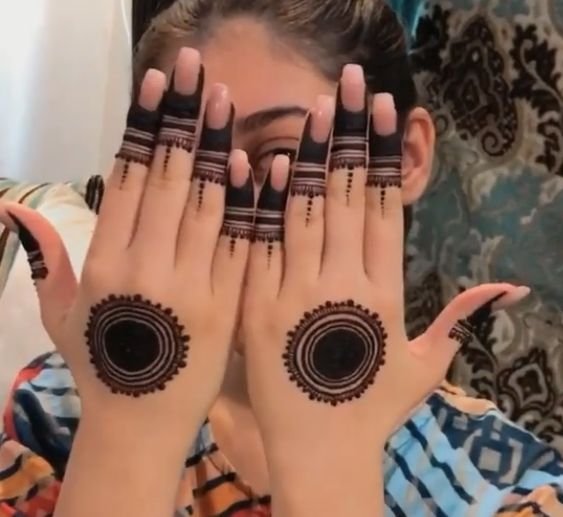Mehndi, also known as henna, holds a significant place in the cultural tapestry of various regions around the world. From intricate patterns adorning the hands of brides to casual designs for festive occasions, mehndi artistry continues to captivate and inspire. Let’s delve into the world of stylish mehndi design, exploring its evolution, types, application techniques, and cultural significance.
Stylish Mehndi Designs
Definition of Mehndi
Mehndi, derived from the leaves of the henna plant, is a natural dye that has been used for centuries to adorn the body. Its rich pigment leaves behind intricate designs when applied to the skin, making it a popular form of temporary body art.
Importance of Mehndi in Different Cultures
Across various cultures, mehndi holds deep cultural and symbolic significance. It is an integral part of weddings, festivals, and other celebratory events, symbolizing joy, prosperity, and auspiciousness.
Evolution of Mehndi Designs
Historical Background
The art of applying mehndi dates back to ancient times, with evidence of its usage found in ancient Egypt, India, and the Middle East. Over the centuries, mehndi designs have evolved, influenced by cultural exchanges and artistic innovations.
Modern Trends
In contemporary times, mehndi designs have undergone a transformation, blending traditional motifs with modern aesthetics. From intricate patterns to minimalist designs, there is a wide array of styles to choose from, catering to diverse preferences.
Different Types of Mehndi Designs
Traditional Indian Mehndi
Indian mehndi designs are characterized by elaborate patterns that cover the hands and feet. They often feature motifs inspired by nature, such as flowers, peacocks, and paisleys, intricately woven together to create stunning designs.
Arabic Mehndi
Arabic mehndi designs are known for their bold and geometric patterns, with emphasis placed on floral and vine motifs. These designs typically cover the hands and arms, exuding elegance and sophistication.
Moroccan Mehndi
Moroccan mehndi designs are influenced by the rich cultural heritage of Morocco, featuring geometric patterns and bold lines. These designs often incorporate elements of symmetry and repetition, creating visually striking compositions.
Indo-Arabic Mehndi Fusion
Indo-Arabic mehndi designs combine the intricacy of Indian mehndi with the boldness of Arabic designs. They often feature a mix of floral and geometric elements, resulting in a unique and eye-catching aesthetic.

















Stylish mehndi designs continue to evolve, blending traditional motifs with modern aesthetics to create stunning works of art. Whether it’s for weddings, festivals, or casual wear, mehndi remains a timeless form of self-expression and celebration.
FAQs (Frequently Asked Questions)
- What is the significance of mehndi in Indian weddings? Mehndi symbolizes joy, prosperity, and auspiciousness in Indian weddings. It is believed to bring good luck to the bride and groom and is an integral part of pre-wedding rituals.
- How long does mehndi last on the skin? Mehndi stains typically last for one to three weeks, depending on factors such as skin type, application technique, and aftercare.
- Can mehndi be applied to other parts of the body besides the hands and feet? Yes, mehndi can be applied to various parts of the body, including the arms, legs, back, and even the belly. However, it’s essential to choose designs that complement the specific body part.
- Is black henna safe for use on the skin? Black henna, which often contains harmful chemicals such as PPD (paraphenylenediamine), can cause severe allergic reactions and should be avoided. It’s best to stick to natural henna for safe and beautiful results.
- How can I remove mehndi stains quickly? To remove mehndi stains quickly, you can try exfoliating the skin with a mixture of lemon juice and sugar or applying olive oil or coconut oil to help fade the stain.






